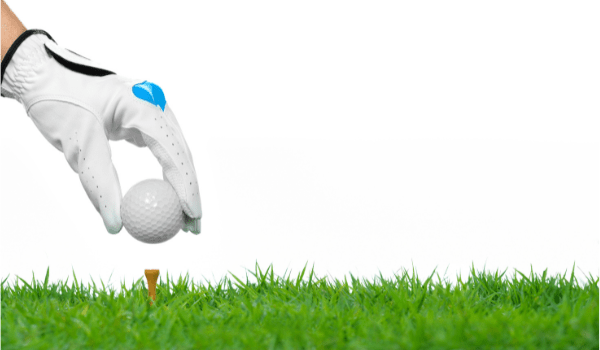Get Better Club Contact With These Golf Techniques
Are you looking to improve your golf technique contact game? If you want to get better club contact, then you need to focus on your golf techniques. There are many different things that you can do to improve your contact with the ball, and in this blog post, the Indian River Golf Foundation will discuss some of the most important ones. We will also provide some helpful tips on how to implement these techniques into your game. So if you're ready to start hitting those golf balls farther and straighter, keep reading! Stance Stance is critical for golfers of all levels. It may seem like a small thing, but the way you position yourself can have a big impact on your ability to make contact with the ball. For example, if you're too close to the golf ball, you will likely top it or hit it fat. On the other hand, if you're too far away, you will likely thin the golf ball or hit it toe. The key is to find a happy medium where you're comfortable and can make solid contact with the golf ball. Grip Your grip is another important factor in making good contact with the golf ball. If you have a poor grip, it will be difficult to make solid contact. Ensure you grip the golf club with your fingers, not your palm. You also want to ensure that you're gripping the golf club tightly. You will likely hook or slice the golf ball if your grip is too loose. However, if your grip is too tight, you will likely top the golf ball or hit it fat. Again, the key is to find a happy medium where you're comfortable and can make solid contact with the golf ball. Alignment Another important factor in making good contact with the golf ball is alignment. If you're not properly aligned, it will be difficult to make solid contact. Make sure your feet are shoulder-width apart, and your body is square to the target. You also want to ensure that your golf club is square to the target. Set up a golf alignment stick One of the best ways to practice golf alignment is to set up a golf alignment stick in your backyard. You can also use a golf club or even a broomstick. Just make sure that you're golf club is square to the target and…



